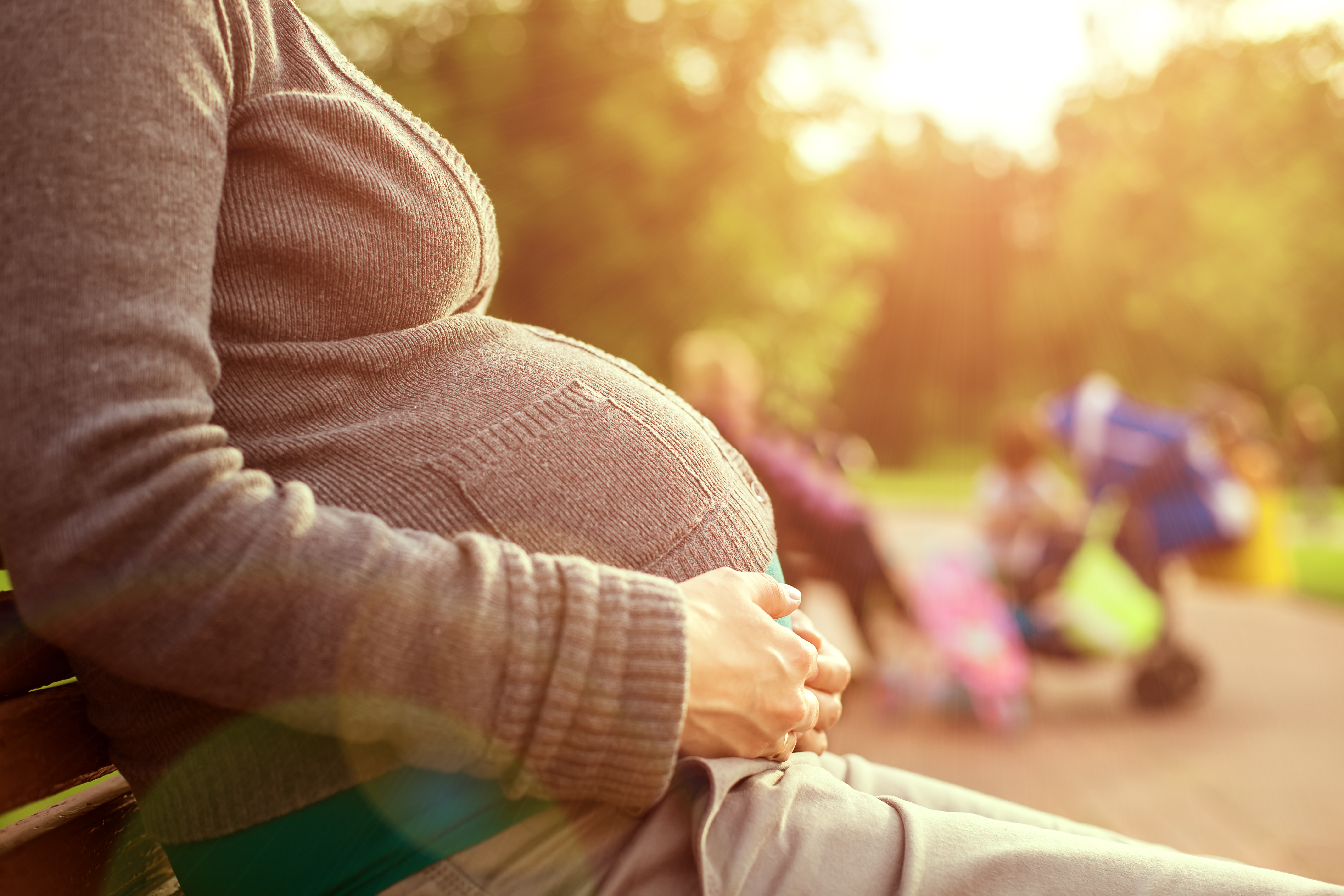News
Furloughed workers to receive full parental leave pay

Furloughed workers planning to take paid parental or adoption leave will be entitled to pay based on their usual earnings rather than a reduced furloughed rate, the government has confirmed.
Workers whose period of family-related pay begins on or after 25 April will be assessed on their usual full pay, rather than on furlough pay which can represent a lesser 80% of usual earnings (unless a firm decides to top it up to 100%).
Currently entitlement to statutory maternity pay, as well as other parental or adoption pay, are calculated on average earnings over an eight-week assessment period.
For maternity allowance, entitlement and the rate payable is also determined by looking at average earnings over a 13-week period.
But the government has confirmed that for those intending to take time off work following the birth, adoption or death of a child will not see their entitlement to pay affected as a result of being furloughed due to the coronavirus pandemic.
The rules will apply to maternity pay, paternity pay, shared parental pay, parental bereavement pay and adoption pay.

Wellness and wellbeing holidays: Travel insurance is essential for your peace of mind
Out of the pandemic lockdowns, there’s a greater emphasis on wellbeing and wellness, with
Sponsored by Post Office
However, for those who took family-related leave before 25 April, they aren’t covered by the new law so will have pay calculated according to furlough pay.
Kate Palmer, associate director of advisory at Peninsula, said: “Employers will now need to take this into account when calculating the amount payable to furloughed staff about to take family leave, which could mean some fast rejigging of previously made calculations.
“This could place a further burden on businesses. However, they should remember that these provisions are now law and that employers could be subjected to potentially costly sanctions if they do not adhere to this. That said, it should be noted that this is only for leave that is to be taken after 25 April.”
Business Minister, Paul Scully, said: “Maternity and other forms of parental leave are pivotal times in people’s lives, and they should absolutely be protected from the impacts of Covid-19.
“We are supporting workers and businesses in a way never seen before, in response to the unprecedented effects of Covid-19. These measures will ensure those on the Coronavirus Job Retention Scheme continue to receive the parental leave and pay they are entitled to.”
Pay and leave entitlement
Pregnant women and new mothers are entitled to take up to 52 weeks of maternity leave. Up to 39 weeks are paid. For women who qualify for statutory maternity ay (SMP), this is paid at 90% of usual earnings for the first six weeks, followed by 33 weeks at the statutory rate (currently £151.20). Adoption leave and statutory adoption pay (SAP) are the same.
To be eligible for SMP or SAP, a person’s average weekly earnings must be at least equal to the lower earnings limit (currently £120 per week) over a prescribed eight-week test period. A person’s earnings over this period are also used to determine the earnings-related rate of SMP or SAP for the first six weeks.
Maternity allowance is a benefit paid to working mothers (including self-employed mothers) who do not qualify for SMP – this is worth up to £151.20 a week for up to 39 weeks. Entitlement to MA, and the rate payable, are determined by reference to 13-weeks earnings in a 66-week test period.
Statutory paternity pay is up to two weeks long and is paid at the lower of £151.20 per week, or 90% of average earnings.
Shared parental pay is up to 50 weeks long and is paid at the lower of £151.20 per week, or 90% of average earnings.
Statutory parental bereavement pay is two weeks long and is paid at the lower of £151.20 per week, or 90% of average earnings.
To be eligible for paternity, shared parental and parental bereavement pay, a person’s average weekly earnings need to exceed the lower earnings limit (currently £120 per week) over a prescribed eight-week test period.